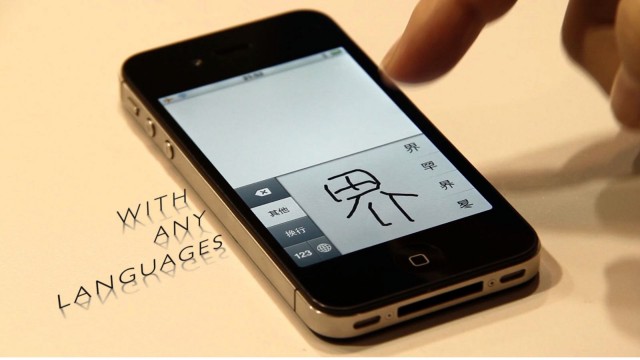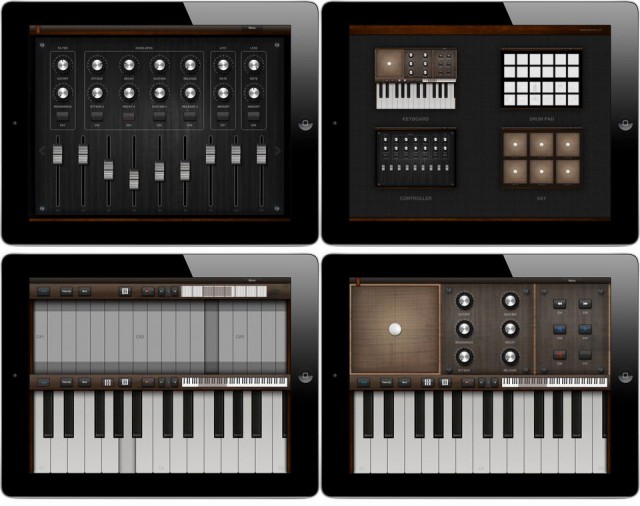Equipped with MIDI, a phone or tablet can communicate with a vast range of standalone hardware and computer software for music. So, what to do with that power? Two recent applications show just some of the breadth of possibility, one from Japan, one from Ukraine. One provides an array of powerful tools, combining into one application a lot of functions that have otherwise been available only in separate apps. One takes a more novel approach. Each demonstrates Apple’s increasingly-ubiquitous iPhone and iPad to be a surprisingly-indispensible musical tool.
Let’s look at the more whimsical of the two first.
From Japanese media artist and developer Masayuki Akamatsu (known as aka), MIDIWriter is a bit unlike MIDI tools you’ve likely seen before. It sends MIDI notes not from a piano keyboard or more familiar musical interface, but from the key entry you’d usually use to type in messages. That means the on-screen keyboard – even, as pictured, in another language – can become a musical instrument instead of input method for SMS and the like.
Where things get even more interesting is when you add a Bluetooth keyboard or keyboard dock, for iPad or iPhone. Then, those gadgets become physical input devices. (In the oddest example, a projected keyboard even works.)
http://akamatsu.org/aka/ios/apps/midiwriter/ [lots of great documentation, in both English and Japanese]
MIDIWriter @ apps.createdigitalmusic.com [View, install; US$0.99]
It’s all quite peculiar, but I can think of one particular advantage to doing something a bit unusual: sometimes, the best way to break out of tired musical habits is to face an unfamiliar musical interface.
In the more conventional and practical end of the pool, we have Wiksnet’s MIDI Studio. With rather lovely, refined-looking interface design, the Ukrainian app treads in the competitive waters of iOS MIDI controllers. What it does that those apps don’t necessarily do, though:
1. It adds velocity senstivity, via vibration, as seen in Apple’s own GarageBand but less-commonly in MIDI tools.
2. It combines layouts into convenient configurations, coupling, for instance, knobs with MIDI keys.
And it looks nice. A future version promises editable templates, but for many, having some nice stuff up and running without any additional effort could be a draw. From the developers, a feature list:
- Essential MIDI compatibility (Core MIDI, over WiFi and USB)
- Drum pads with modulation across X/Y axes, velocity
- Two keyboards, each with a different key size, and customizable key/tuning mappings
- Built-in arpeggiator
- Easy mapping of ADSR, etc. to knobs on the keyboard layout
http://www.wiksnet.com/
MIDI Studio @ apps.createdigitalmusic.com [View, install; US$10.99]
There’s no official view, but here’s one fan-made entry:
The Ukrainian developer has done other commercial work, they say, but this is their first unique iOS music app. The next release will have, alongside editable templates, velocity sensitivity, and will fill other user requests.
In the case of MIDIWriter, there’s not a lot of comparison to be made – desktop software has often mapped standard input and keyboards to music, but not necessarily iOS apps. With MIDI Studio, of course, we’re overdue for an overview of MIDI apps.
Let us know how you use these – or other tools, including things that don’t begin with a lowercase “i” – to produce MIDI events in your workflow.

